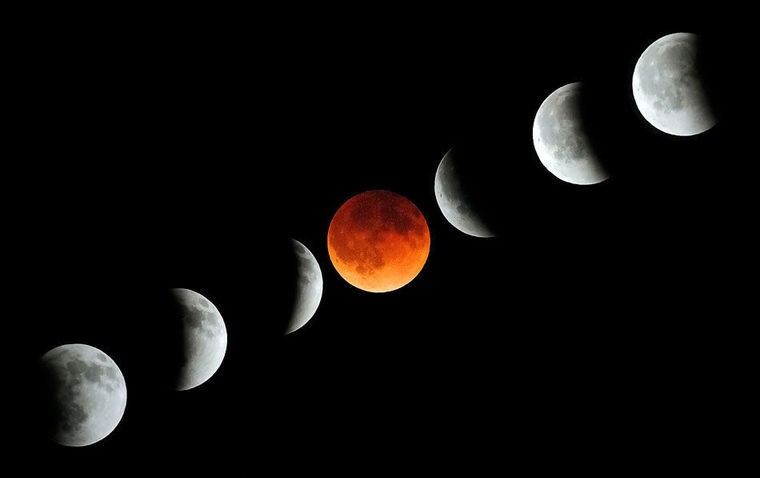If residents in Southeast Idaho are lucky, they’ll be able to see something in the sky on Wednesday that Americans haven’t witnessed since right after the Civil War.
Experts say it’s a phenomenon of a super moon, a blue moon and a total lunar eclipse happening all at once. Though these events, collectively, have not been seen anywhere on Earth in more than 35 years, the last time Americans saw it was 1866.
“All three of those things coming together, that’s quite an event,” said Dell Vance, president of the Cache Valley Astronomical Society.
A super moon is when the moon appears larger than normal, owing to the fact it is closer to the Earth than at any point in its orbit. A blue moon is when two full moons occur in the same month (the last full moon was seen Jan. 1).
A lunar eclipse is when the moon passes behind the Earth’s umbra, or shadow, which sometimes can completely cover the moon. When that happens, the moon can give off a reddish hue, giving it the nickname “blood moon.”
Vance said the moon will be easy to look at, not requiring any special equipment.
But more than that, “It will also be a convenient time, which is totally unusual,” he said. “This one is going to happen right before dawn.”
James Coburn, the USU observatory supervisor, said the moon will be full by around 5:52 a.m., and the maximum eclipse ― when the moon is in the middle of the earth’s shadow ― is expected to occur at approximately 6:30 a.m. The moon will start to emerge from the darkest part of the shadow at about 7:07 a.m., but it will set about 7:40 a.m., he said.
“Shortly after the moon starts to emerge, it will set for us,” Coburn said. “You’ve got to get up early in the morning if you want to see it.”
If nothing else, Coburn said, the super blue blood moon will get people interested in astronomy.
“It’s a good thing,” he said.



